They may no longer be the latest-generation Apple phones, but the iPhone 11 and iPhone 11 Pro are still two great devices. They delivered excellent cameras, powerful processors, generous battery life, and gorgeous good looks when they were released in 2019, and they still bring the goods now, even if they’ve been superseded by the iPhone 12 and iPhone 12 Pro.
You may even be able to find them at a discount, something that arguably makes them even more desirable than they were a year ago. However, which one should you go for? We help you answer this question by comparing the two smartphones in a head-to-head. By looking more closely at their specs, designs, displays, performance, cameras, and special features, you should be able to decide which one is right for you.
Specs
| iPhone 11 |
iPhone 11 Pro |
|
| Size | 150.9 x 75.7 x 8.3 mm (5.94 x 2.98 x 0.33 inches) | 144 x 71.4 x 8.1mm (5.67 x 2.81 x 0.32 inches) |
| Weight | 194 grams (6.84 ounces) | 188 grams (6.63 ounces) |
| Screen size | 6.1-inch Liquid Retina IPS LCD | 5.8-inch Super Retina OLED |
| Screen resolution | 1792 x 828 pixels (326 pixels per inch) | 2436 x 1125 pixels (458 pixels per inch) |
| Operating system | iOS 14 | iOS 14 |
| Storage | 64GB,128GB, 256GB | 64GB, 256GB, 512GB |
| MicroSD card slot | No | No |
| Tap-to-pay services | Apple Pay | Apple Pay |
| Processor | Apple A13 Bionic | Apple A13 Bionic |
| RAM | 4GB | 4GB |
| Camera | Dual-lens 12MP wide and 12MP ultrawide rear, 12MP TrueDepth front | Triple lens 12MP, 12MP ultrawide-angle rear, and 12MP telephoto lens rear; 12MP TrueDepth front |
| Video | 4K up to 60 fps, 1080p at 120 fps | 4K up to 60 fps, 1080p at 240 fps |
| Bluetooth version | Bluetooth 5.0 | Bluetooth 5.0 |
| Ports | Lightning | Lightning |
| Fingerprint sensor | No, FaceID instead | No, FaceID instead |
| Water resistance | IP68 | IP68 |
| Battery | 3,110mAh
18W fast charging Qi wireless charging |
3,046mAh
18W fast charging Qi wireless charging |
| App marketplace | Apple App Store | Apple App Store |
| Network Support | All major carriers | All major carriers |
| Colors | Black, Green, Yellow, Purple, Red, White | Purple, white, yellow, green, black, red |
| Prices | $599+ | $999+ |
| Review score | 4 out of 5 stars | 4.5 out of 5 stars |
Design, display, and durability
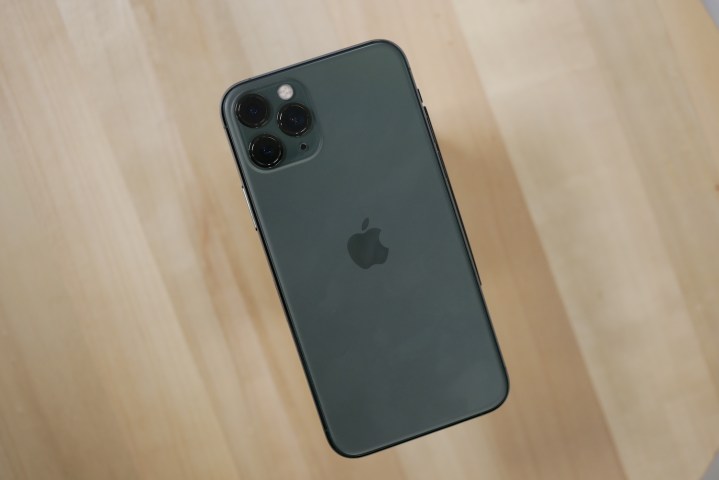
The iPhone 11 and iPhone 11 Pro look pretty much identical to the casual observer. They both recycle the prominent notch and relatively thick bezels of their predecessors (the iPhone XR and iPhone XS), and they both feature sleek glass backs. There are a number of subtle but important distinctions, however. The iPhone 11 Pro has a stainless steel (rather than aluminum) frame and also has a matte finish on its back, which makes it less prone to fingerprint smudges.
Combined with its slightly smaller dimensions, this makes the iPhone 11 Pro better from a design standpoint. It’s more comfortable to hold, while the stainless steel and matte finish give it a sophisticated edge the iPhone 11 lacks.
The difference is even more noticeable in terms of the displays of both phones. The iPhone 11 Pro is equipped with a lovely 5.8-inch Super Retina OLED display, which carries 2436 x 1125 pixels, giving it 458 pixels per inch. The iPhone 11 sports a less impressive 6.1-inch Liquid Retina LCD screen, which brings only 1792 x 828 pixels, or 326 pixels per inch. This makes for a significant drop in visual quality compared to the iPhone 11 Pro, an effect heightened by the use of an LCD screen rather than OLED one. It still looks nice, for sure, but compared to the clarity and smoothness of the iPhone 11 Pro’s display, it certainly isn’t jaw-dropping.
The iPhone 11 does better with durability, offering the same IP68 rating given to the 11 Pro. That said, the use of a stainless steel frame should make the iPhone 11 Pro more durable than the iPhone 11 over the longer term. When you add the more refined design and tangibly superior display, this difference makes for an easy victory for the 11 Pro.
Winner: iPhone 11 Pro
Performance, battery life, and charging
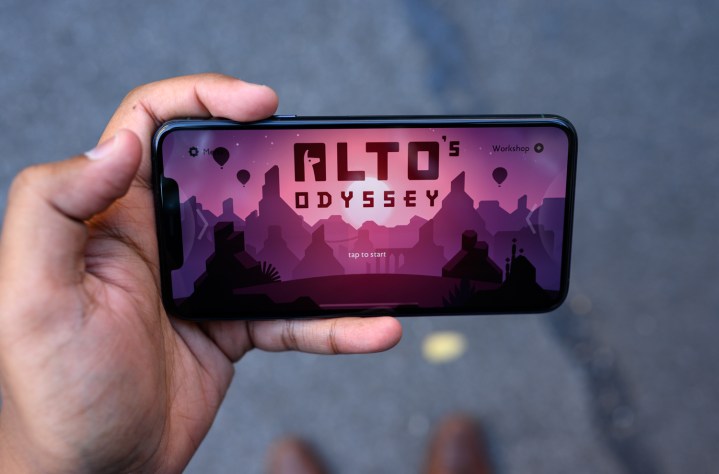
Apple has a reputation for not skimping when it comes to performance, with even the cheaper iPhone SE packing the potent A13 Bionic chip. This is the same chip that powers both the iPhone 11 and iPhone 11 Pro, which also come with 4GB of RAM apiece. This means they’ll handle apps and tasks just as well as each other, and even if the A13 is now last year’s processor, it can still easily hold its own with the latest games and software.
Both phones also come with only 64GB of internal memory as standard, which isn’t much these days, particularly if you’re buying a premium “Pro” phone. Still, you can opt to pay more for 128GB or 256GB of memory with either device, with 128GB adding $50 and 256GB adding $150.
Things are also pretty much level pegging with the battery, given that the iPhone 11 and 11 Pro will both take you into a second day with relative ease. They can each handle a full day of heavy use without needing a recharge, while they also offer 18W fast charging and Qi wireless charging.
In other words, there’s really no significant difference between the two phones, so this round is a tie.
Winner: Tie
Cameras
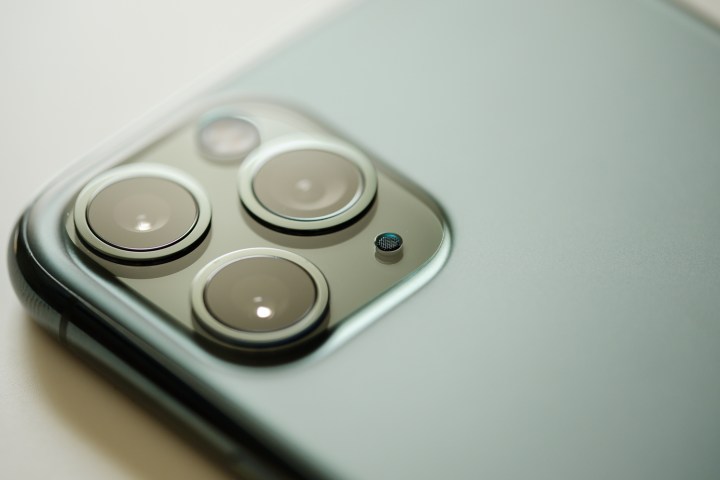
Cameras are another area where iPhones usually excel, and neither the iPhone 11 nor iPhone 11 Pro are exceptions. The iPhone 11 comes with a 12-megapixel wide lens and a 12MP ultrawide lens, while the 11 Pro adds a 12MP telephoto lens as well.
Taking the wide and ultrawide lenses on their own, both cameras capture some of the best photos you’ll take on any smartphone anywhere. They both added enhanced autofocus and Smart HDR, as well as a then-new feature called semantic rendering, which takes several underexposed and overexposed photos before (and after) you tap the shutter button in order to synthesize the best possible results. It works very well and enabled the iPhone 11 and iPhone 11 Pro to retake the lead from the Pixel 4 as the best camera smartphones then available.
However, the iPhone 11 Pro adds a telephoto lens, which provides a 2x optical zoom for more detailed close-up shots (or shots from a distance). This gives the iPhone 11 Pro more versatility than the iPhone 11, and for anyone who takes their photography more seriously, it certainly makes the 11 Pro a better camera smartphone overall.
The two phones can also shoot 4K video at 60 frames per second, although the iPhone 11 can capture 1080p video at only 120 fps, compared to 240 fps for the 11 Pro. Added to the more significant advantage of having a telephoto lens, this results in another win for the iPhone 11 Pro.
Winner: iPhone 11 Pro
Software and updates
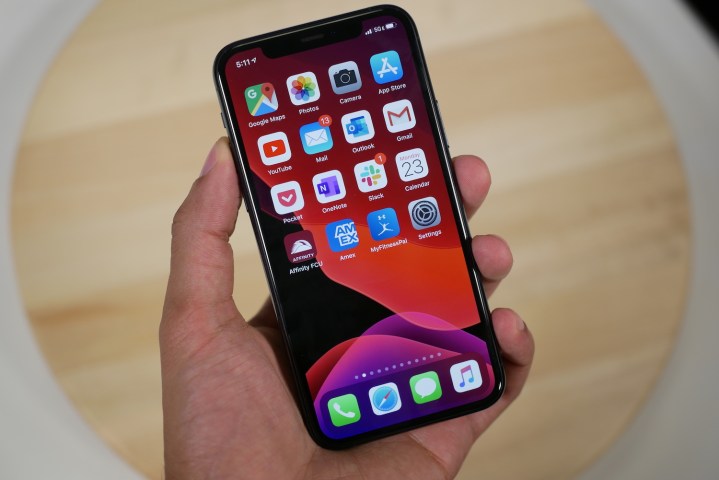
The iPhone 11 and iPhone 11 Pro now both operate using Apple’s latest iOS 14. It’s a fantastic piece of software that introduces numerous new features, including support for home-screen widgets and a very useful App Library.
Both phones will also benefit from the same fast updates from Apple, which tends to support its devices for noticeably longer than most other manufacturers. This means that, regardless of which phone you end up choosing, you’ll enjoy the same excellent software experience.
Winner: Tie
Special features

Unlike this year’s iPhone 12, neither the iPhone 11 nor the iPhone 11 Pro support 5G. Instead, both phones found Apple honing existing special features, rather than introducing something that really rocked the boat.
This means you’ll find Apple’s intelligent assistant Siri, which now offers a wider range of suggestions and shortcuts to help you make the most of your phone. You’ll also find the now-familiar Face ID, which has only become more reliable with age. It not only lets you unlock your phone via the power of your own face, but you can also use it to pay for goods at stores, as well as to create fun Memoji.
That’s really pretty much it. The iPhone 11 Pro does offer a telephoto lens, as mentioned above, while the iPhone 11 offers a snazzy range of colors, not that these will affect how the phone actually performs.
Winner: Tie
Price and availability
The iPhone 11 begins at a very reasonable $599, although you’ll have to pay $649 for the 128GB version and $749 for the 256GB. It’s supported by every major carrier and can be found at most good retailers (including Apple).
As for the iPhone 11 Pro, we’re sad to say that Apple has discontinued it. Still, you will be able to find it on Amazon, Best Buy, and other websites. We’ve seen the 64GB version being sold for $799 at various places, although prices will likely vary, given that it’s now over a year old and discontinued.
Overall winner: iPhone 11 Pro
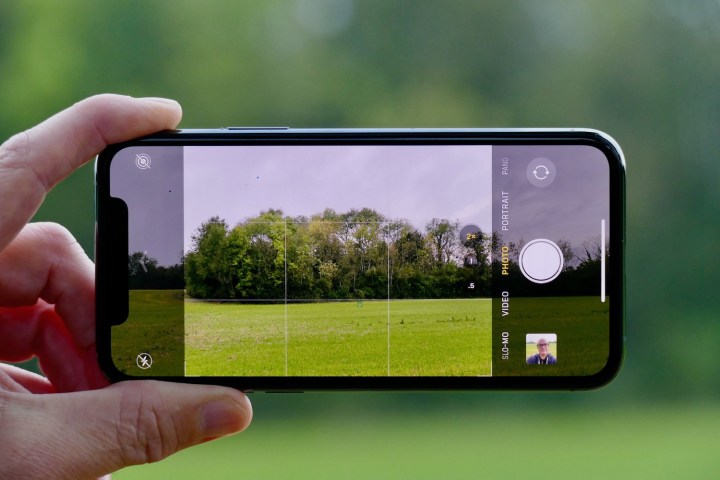
Looking solely at the specs, the iPhone 11 Pro is undoubtedly a better smartphone than the iPhone 11. It looks a touch better and has a decisively sharper screen and a stronger overall camera. It’s also at least equal with the iPhone 11 in all other respects, making it the clear winner.
Having said that, the iPhone 11 can now be bought from Apple for only $599. This is almost a steal for such a great all-around phone, so anyone who wants to save some money may prefer it to the 11 Pro. It provides the same great performance, the same user-friendly software, as well as one of the best main cameras in the game. It also boasts superb battery life, so if you don’t want to spend $800 or more for a last-generation phone, it may be the best choice.
Editors' Recommendations
- Here are the 7 new emoji coming to your iPhone with iOS 18
- The best iPad Air cases in 2024
- Best refurbished iPhone deals: Get an iPhone 14 for $469
- Best Verizon new customer deals: Galaxy S24, iPhone and more
- All of the iPhone 16 colors just leaked. Here’s what’s coming



